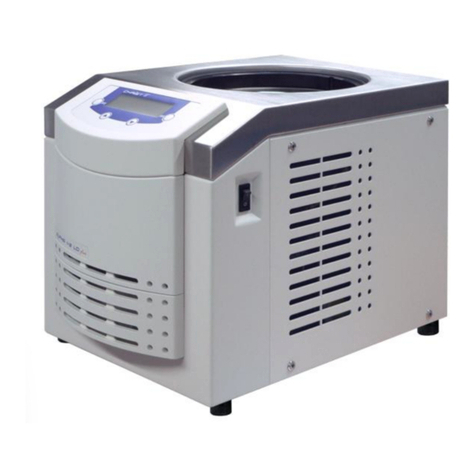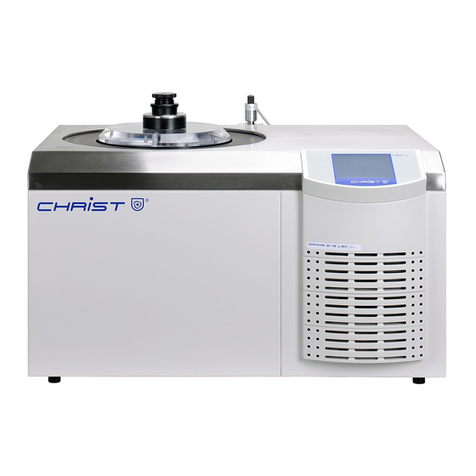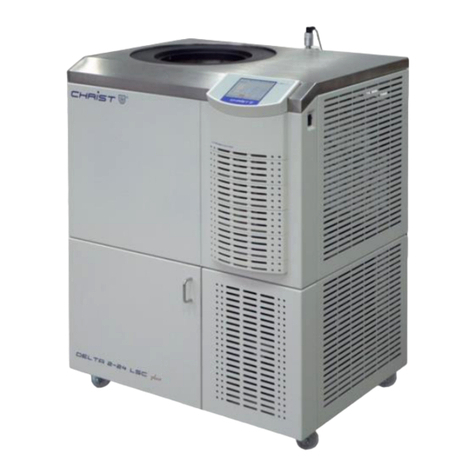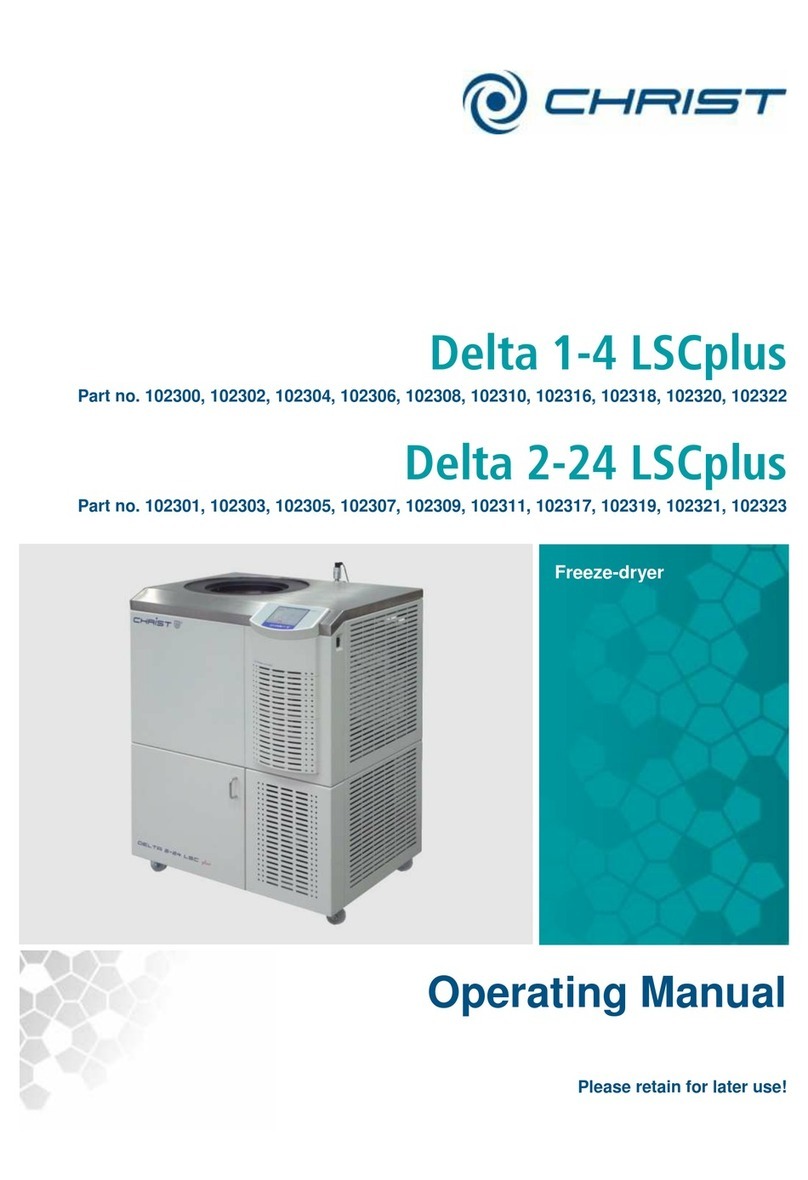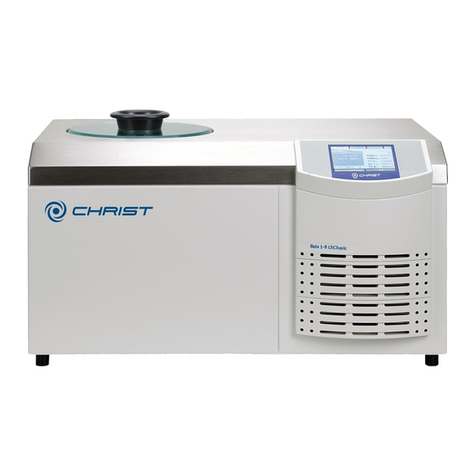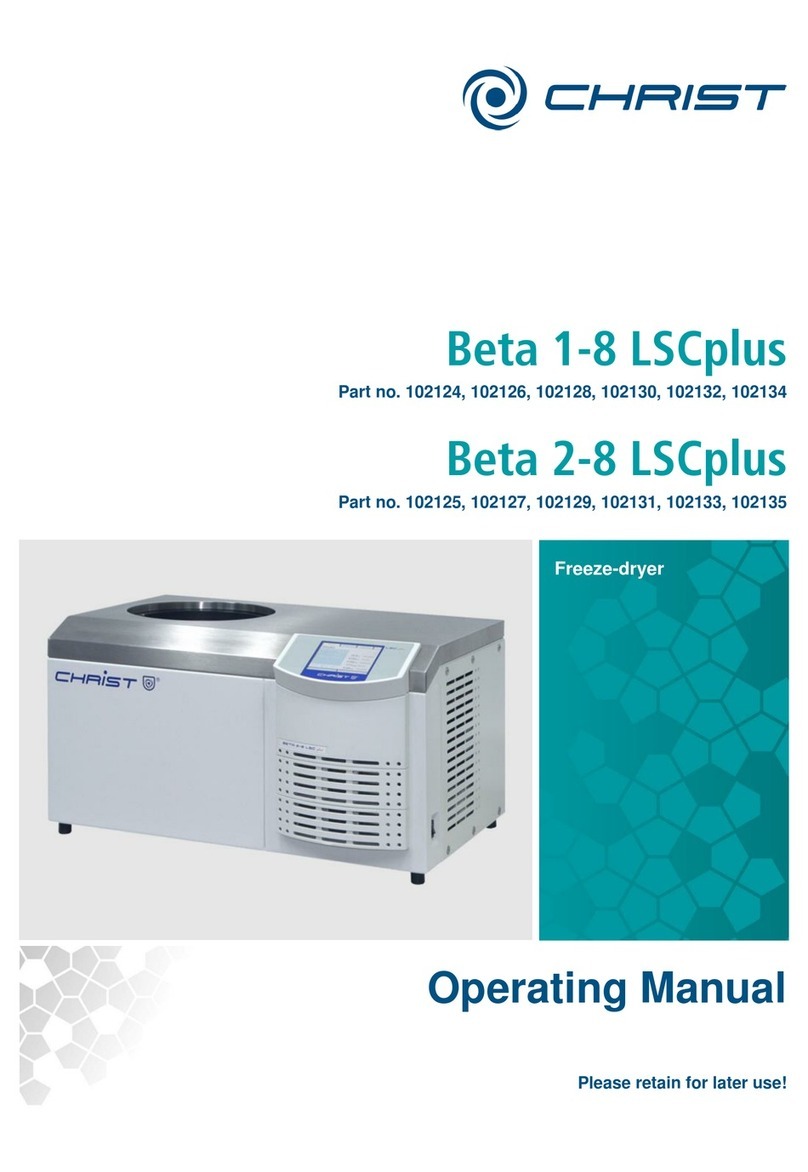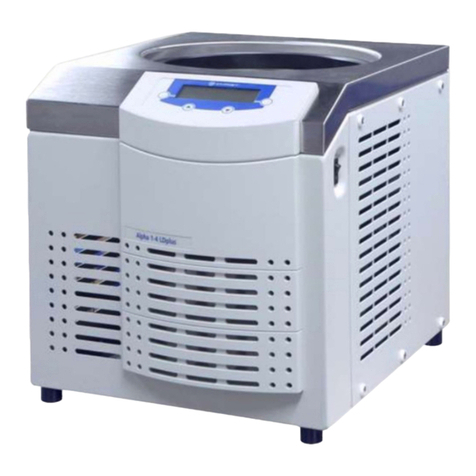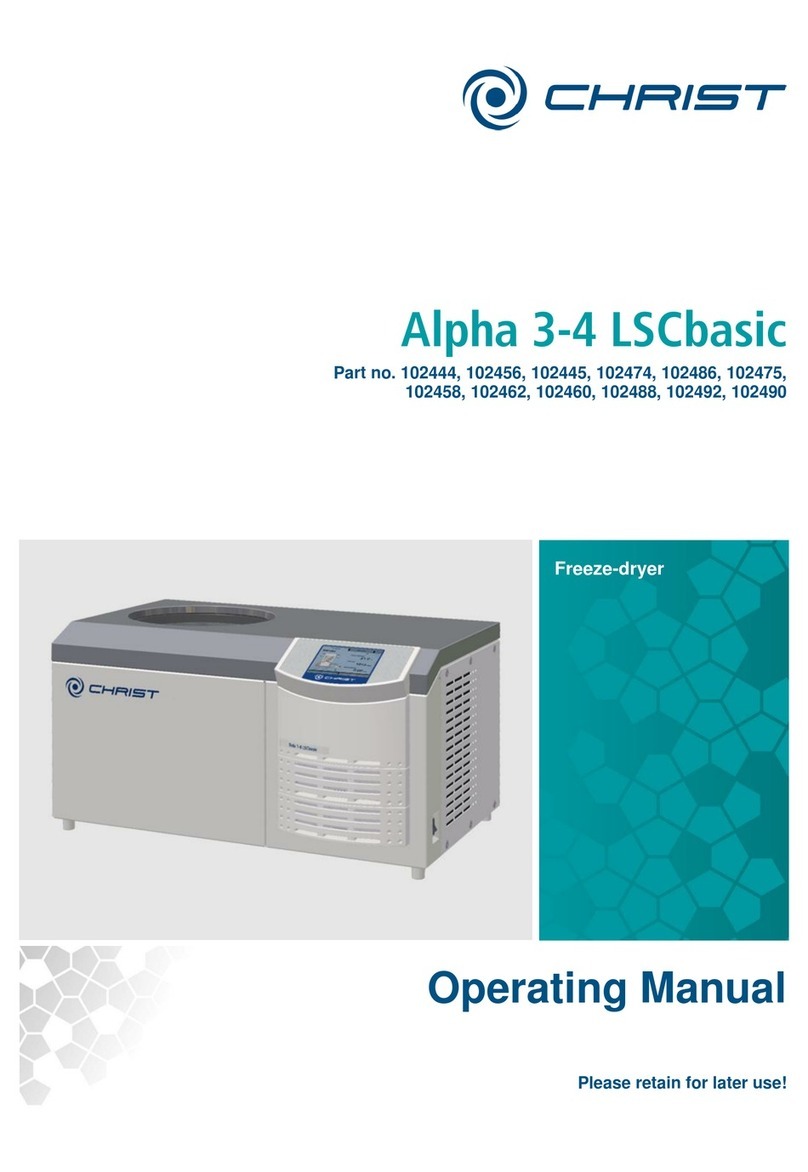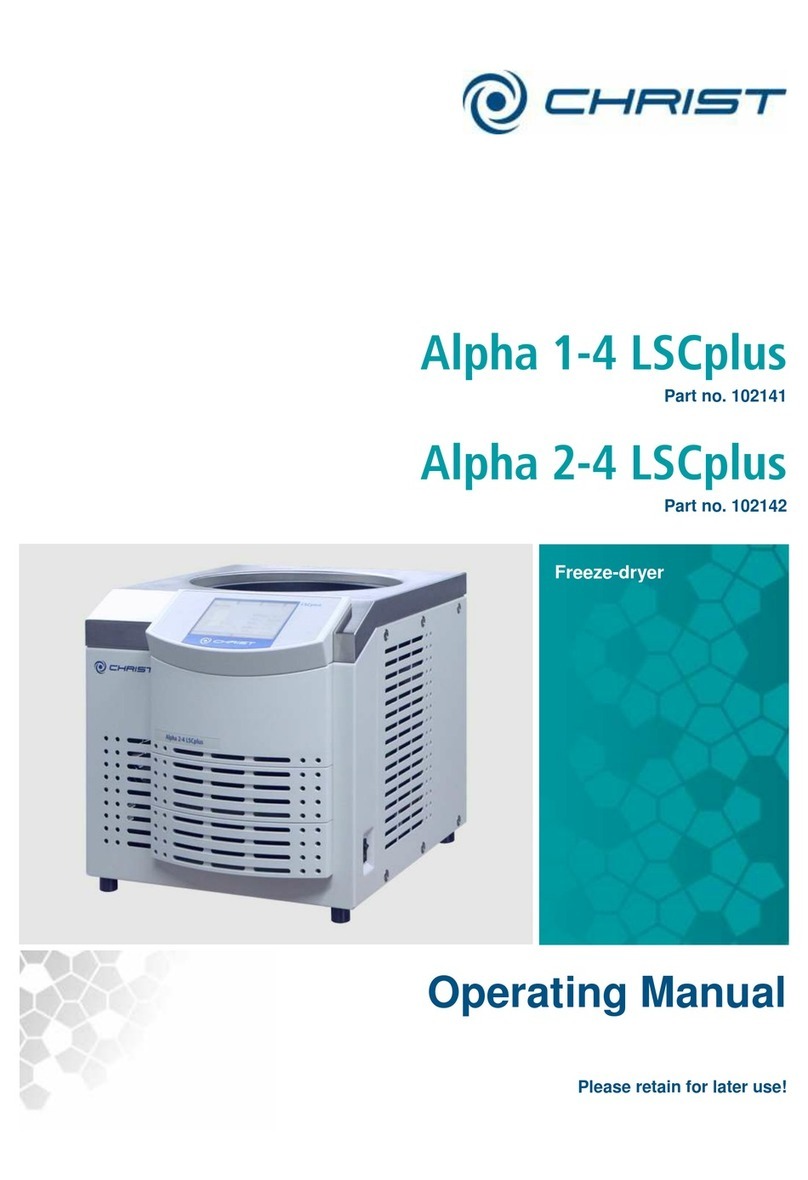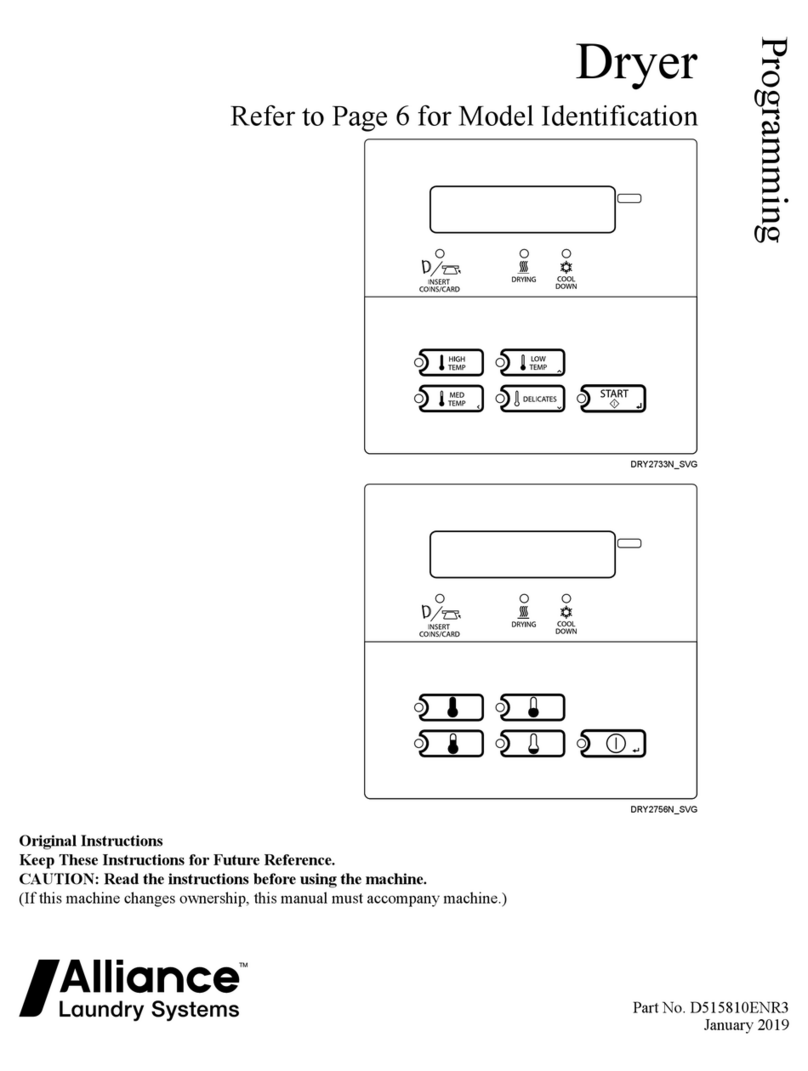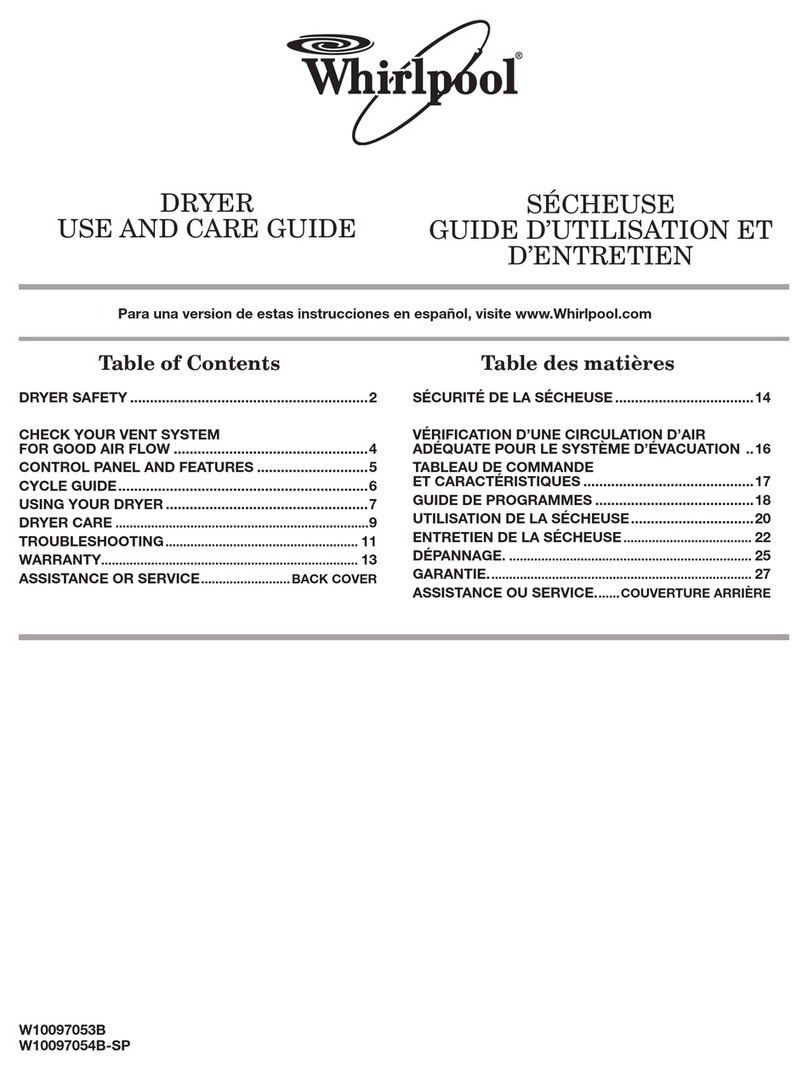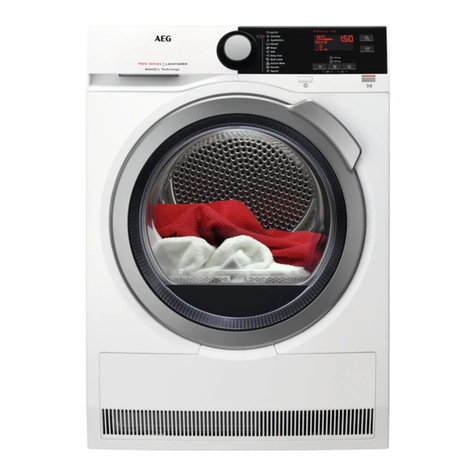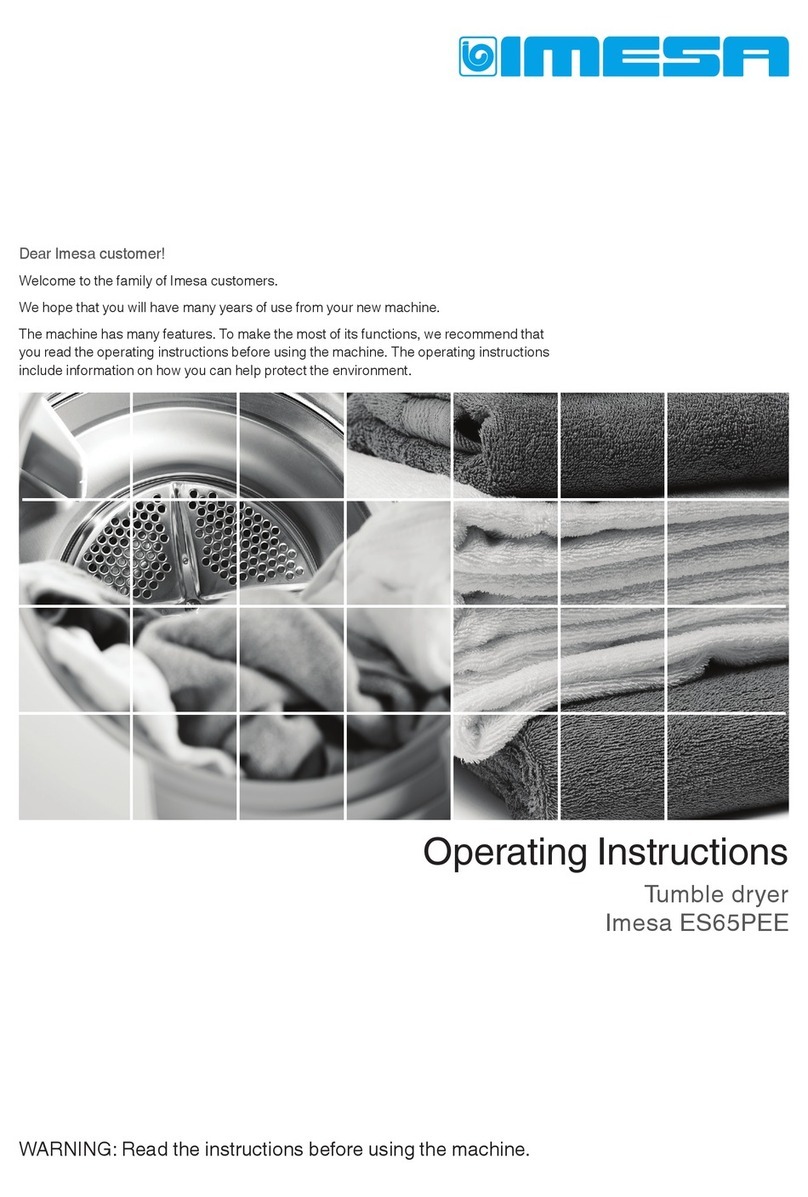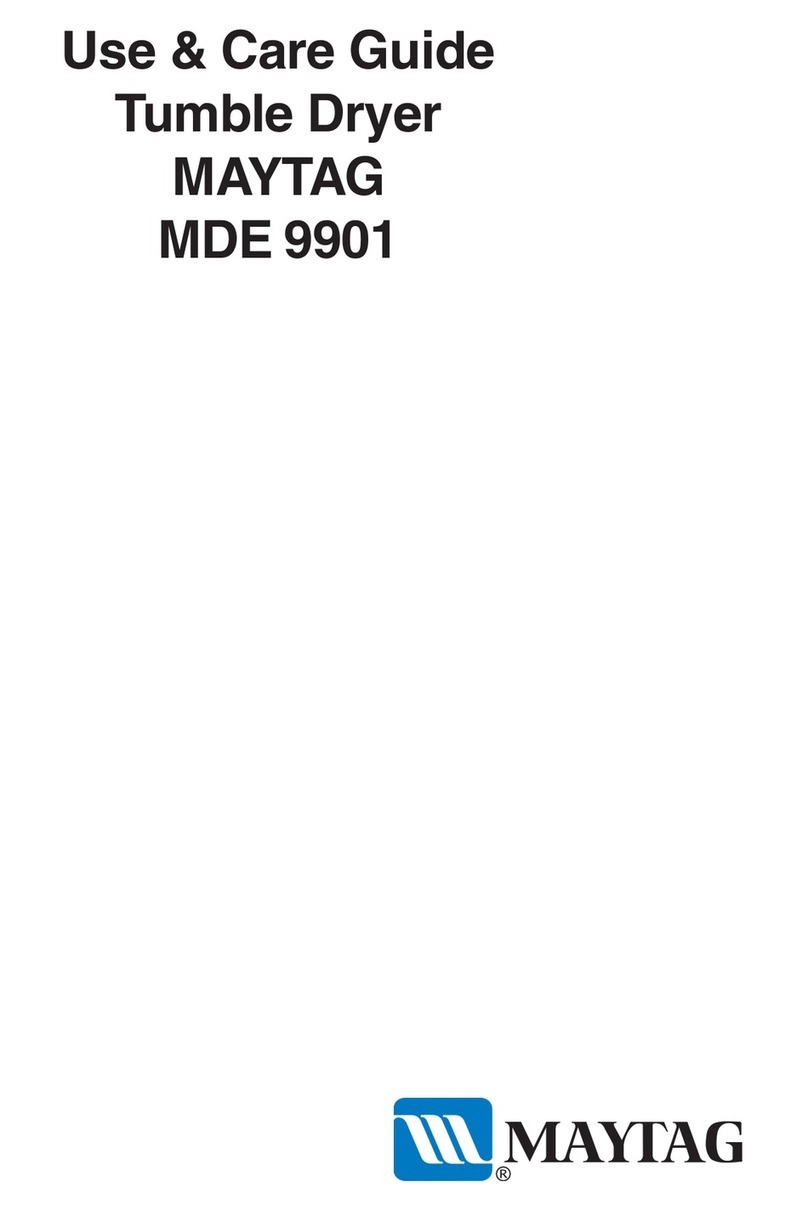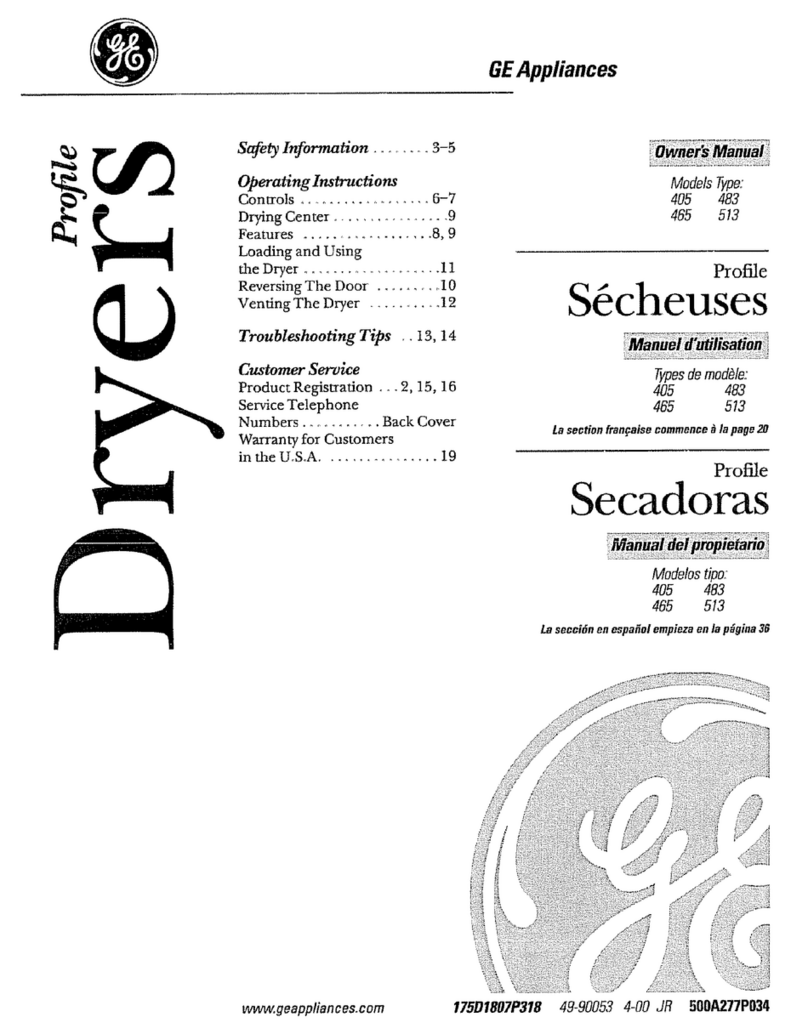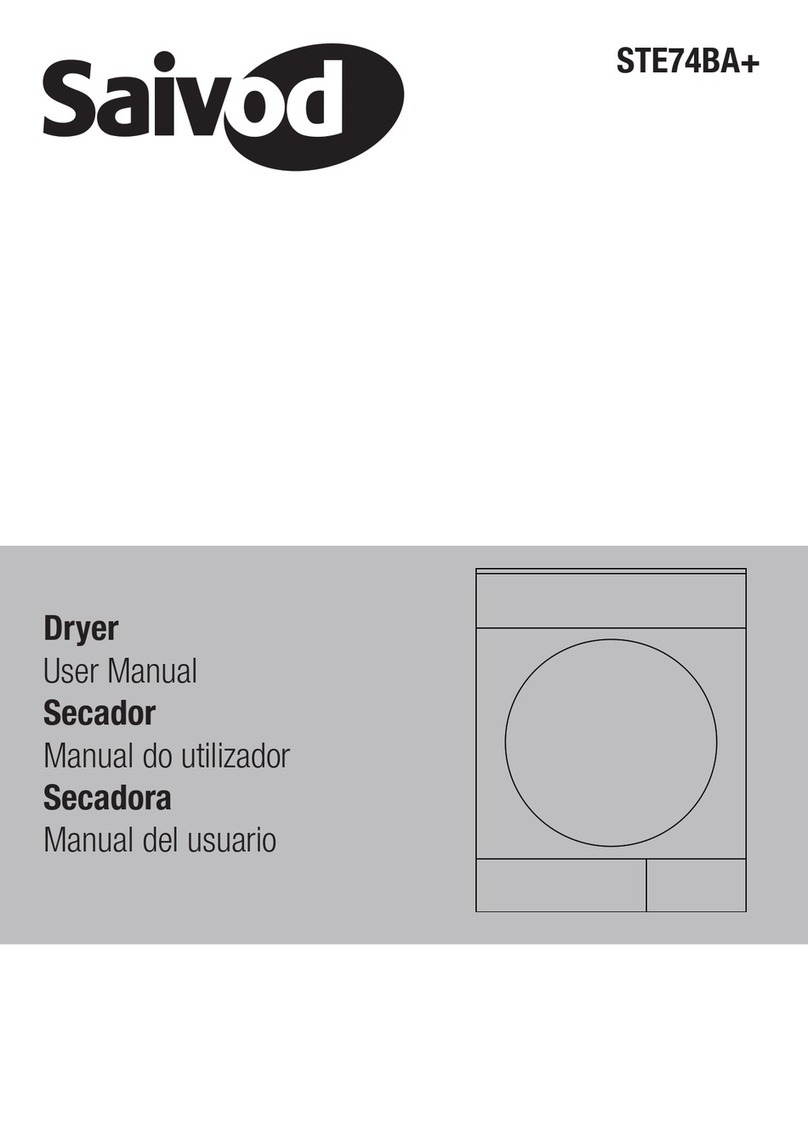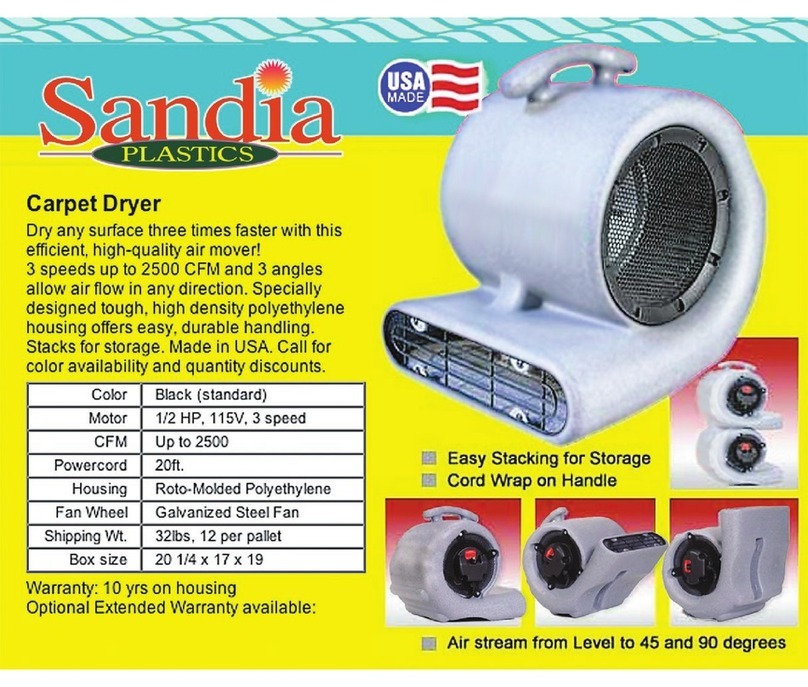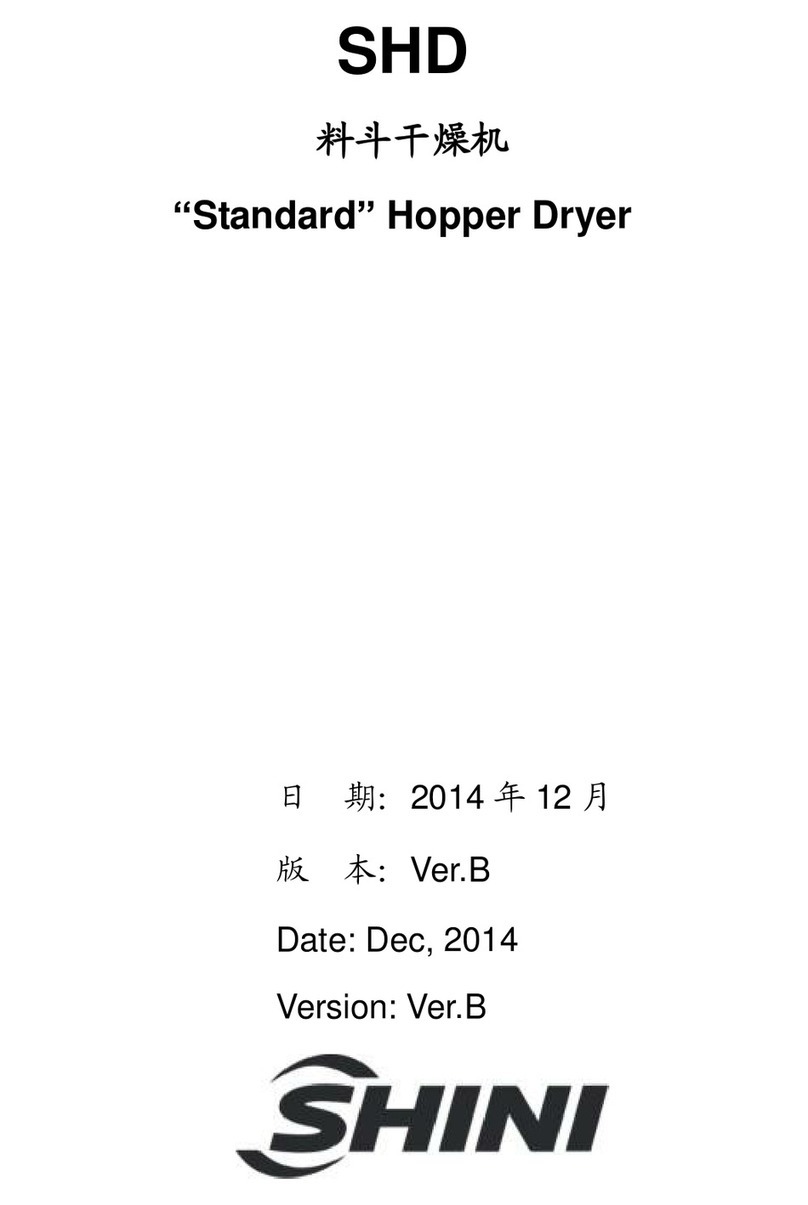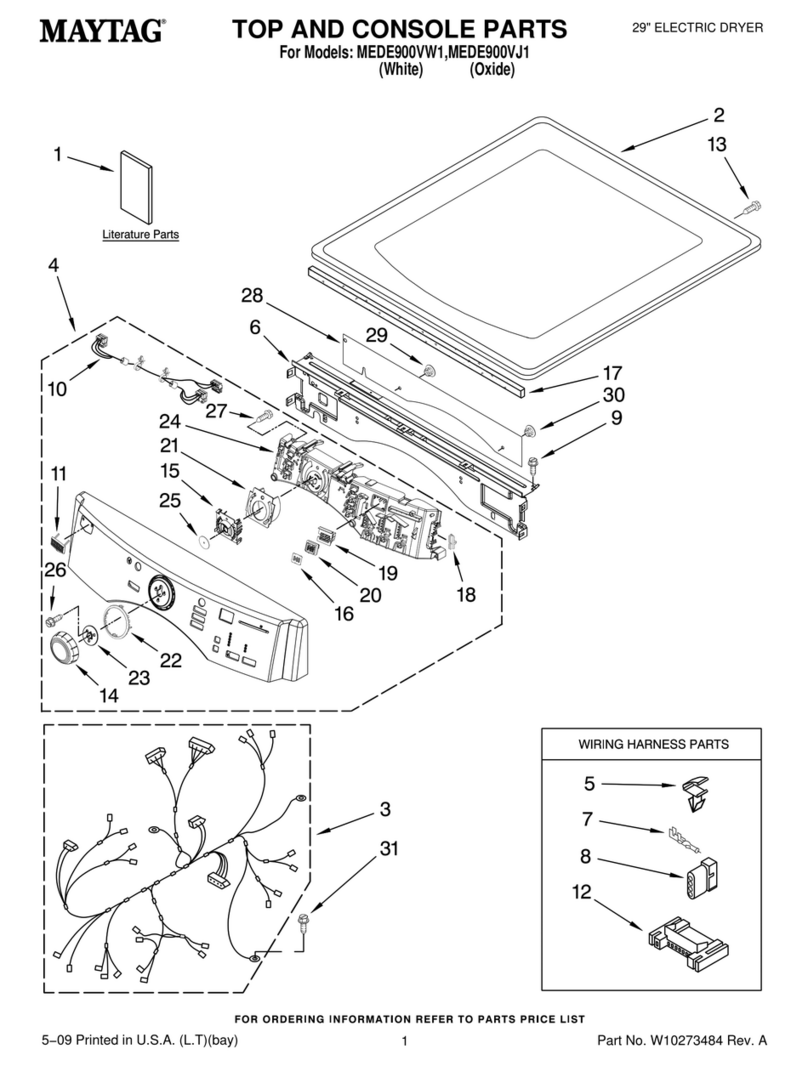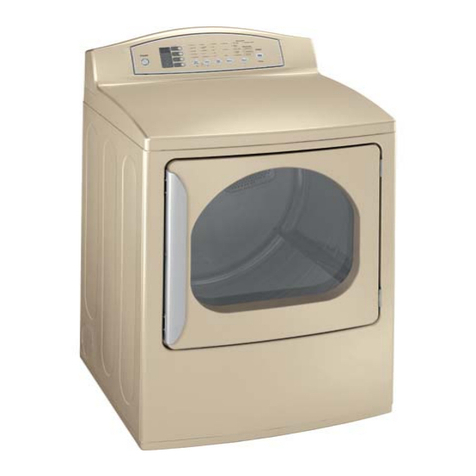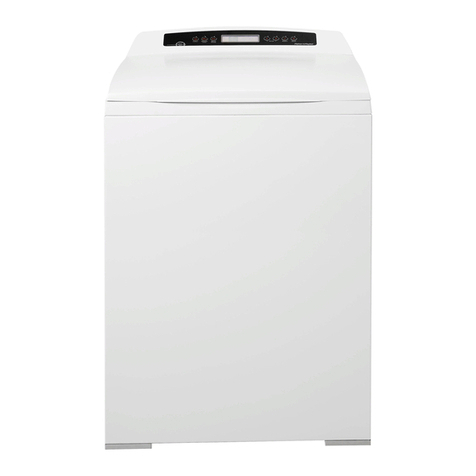
Freeze-dryer Alpha 3-4 LSCbasic
Version 11/2018, Rev. 1.2 of 05/03/2019 • sb-pe
Translation of the original operating manuel
1General information.............................................................................................................9
1.1 Importance of the operating manual..................................................................................9
1.2 Intended use.....................................................................................................................9
1.3 Warranty and liability.......................................................................................................10
1.4 Copyright........................................................................................................................10
1.5 Explanation of symbols...................................................................................................10
1.6 Standards and regulations..............................................................................................10
1.7 Scope of supply..............................................................................................................11
2Layout and mode of operation.......................................................................................... 12
2.1 Layout of the freeze-dryer...............................................................................................12
2.1.1 Functional and operating elements............................................................................12
2.1.2 Name plate................................................................................................................14
2.2 Mode of operation...........................................................................................................15
2.2.1 General information on freeze-drying.........................................................................15
2.2.2 Freeze-drying process...............................................................................................18
2.2.2.1 Preparation........................................................................................................18
2.2.2.2 Freezing.............................................................................................................18
2.2.2.3 Main drying........................................................................................................19
2.2.2.4 Final drying........................................................................................................19
2.2.2.5 End of drying and aeration.................................................................................19
2.2.2.6 Defrosting ..........................................................................................................20
3Safety..................................................................................................................................21
3.1 Marking of the unit..........................................................................................................21
3.2 Explanation of the symbols and notes.............................................................................22
3.3 Responsibility of the operator..........................................................................................23
3.4 Operating personnel .......................................................................................................24
3.5 Informal safety notes.......................................................................................................24
3.6 Safety notes concerning the transport, set-up and connection and initial start-up
of the freeze-dryer ..........................................................................................................25
3.6.1 General hazards........................................................................................................25
3.6.2 Hazards caused by improper transport......................................................................25
3.6.3 Hazards caused by improper set-up..........................................................................25
3.6.4 Hazards caused by improper connection...................................................................26
3.7 Safety notes concerning the operation............................................................................26
3.7.1 Hazards caused by electricity ....................................................................................26
3.7.2 Hazards caused by the refrigeration system (natural, flammable refrigerants)...........27
3.7.3 Hazards caused by harmful products.........................................................................27
3.7.4 Hazards caused by acids in the products...................................................................27
3.7.5 Hazards caused by contaminated condensate (defrosting water)..............................28
3.7.6 Hazards caused by hot surfaces................................................................................28
3.7.7 Hazards caused by cold surfaces..............................................................................28




















